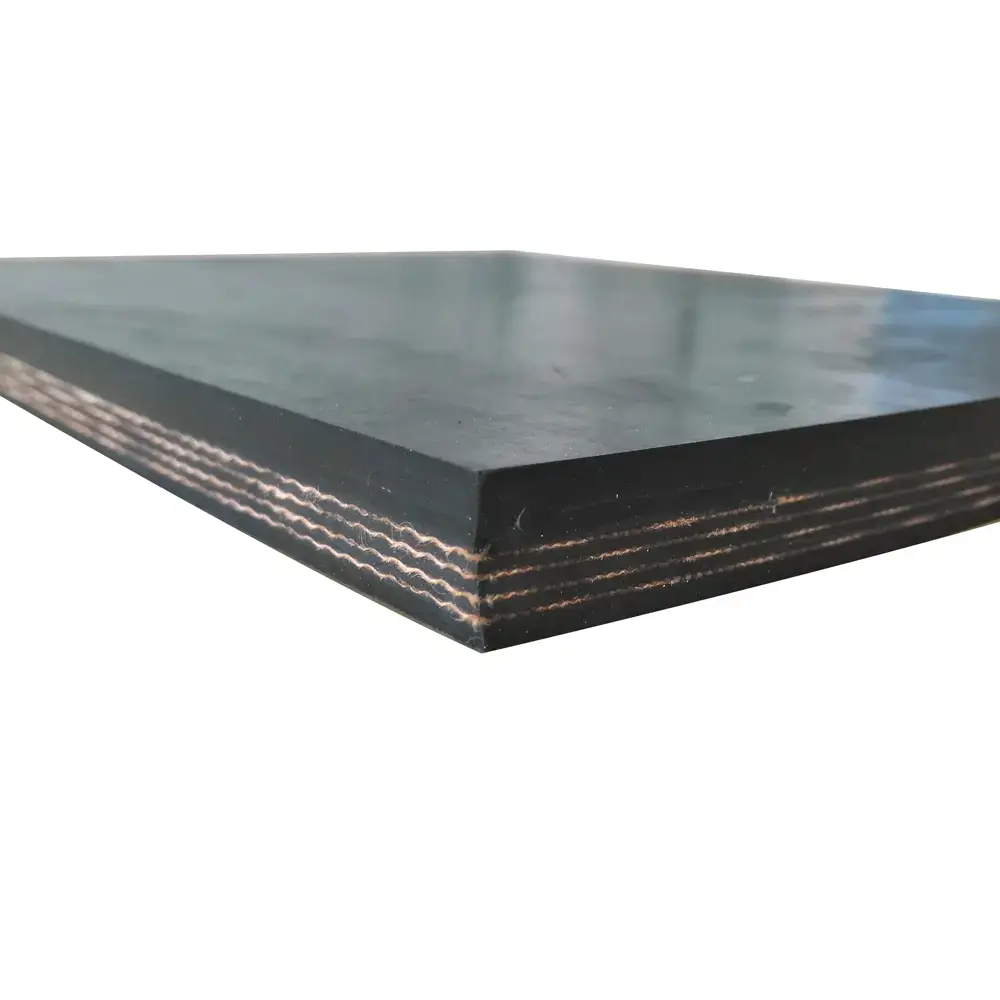What Is a Conveyor Belt and Why Is It Essential in Modern Industries?
2025-07-10
In today’s fast-paced industrial world, efficiency, speed, and automation are key factors for success. One of the most crucial components in achieving these goals is the conveyor belt. From manufacturing plants to airports and warehouses, conveyor belts play an essential role in moving goods quickly and safely.
What Is a Conveyor Belt?
A conveyor belt is a continuous moving loop made of durable material that transports items from one point to another. It consists of a belt stretched over two or more pulleys, powered by a motor. Conveyor belts are commonly used in industries such as manufacturing, logistics, mining, agriculture, food processing, and packaging.

What Are the Different Types of Conveyor Belts?
There are various types of conveyor belts designed for different applications:
Flat Belt Conveyor: Ideal for general material handling in manufacturing and distribution centers.
Modular Belt Conveyor: Made of interlocking plastic pieces, used in food processing and packaging.
Roller Conveyor: Uses rollers instead of a belt; suitable for heavy loads like boxes or pallets.
Cleated Belt Conveyor: Designed with vertical cleats to prevent items from slipping, useful in inclined systems.
Magnetic Belt Conveyor: Used for transporting metal parts or scrap in industrial settings.
How Do You Choose the Right Conveyor Belt?
When selecting a conveyor belt, several factors need to be considered:
Material Type: Rubber, PVC, fabric, or metal belts are selected based on the goods being transported.
Load Capacity: The weight and size of the items determine the belt strength and structure.
Speed Requirements: The operational speed depends on production needs.
Environment: Conveyor belts must withstand conditions such as high temperatures, moisture, or chemical exposure.
What Are the Benefits of Conveyor Belts?
Increased Efficiency: Speeds up the movement of materials, reducing manual labor.
Cost-Effective: Minimizes workforce costs and enhances productivity.
Improved Safety: Reduces the risk of injuries associated with manual handling.
Versatility: Suitable for a wide range of industries and applications.
Conclusion
A conveyor belt is a fundamental part of industrial automation and logistics. It ensures smooth, fast, and efficient material handling, helping businesses meet growing demands while reducing costs. With the right choice of conveyor system, companies can significantly enhance their operational efficiency and competitiveness.


